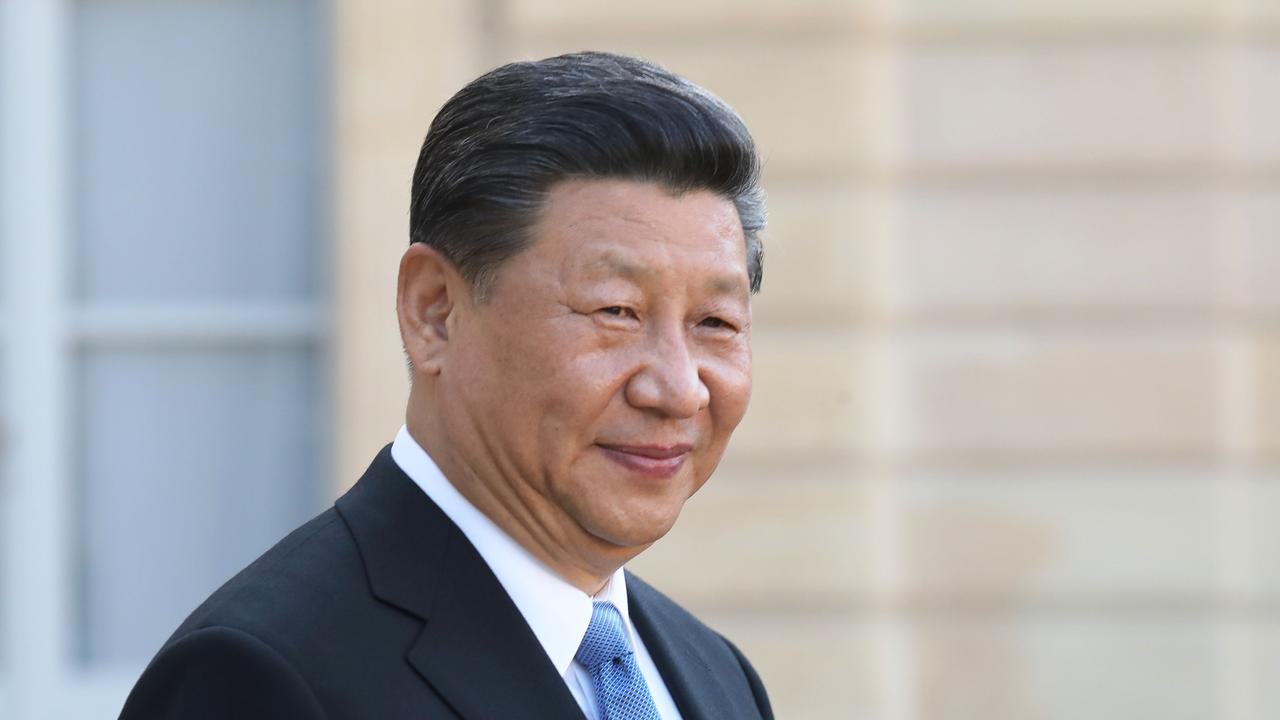China factory index dip signals slowdown
CHINA’S manufacturing sector slipped into contraction in January, according to the latest data, another indication of a slowdown.

CHINA’s manufacturing sector slipped into contraction in January, according to the latest data, another indication of a slowdown in the world’s second largest economy.
The HSBC manufacturing purchasing managers index, a closely watched gauge of manufacturing activity, inched up to 49.7 for January, compared with 49.6 in December, HSBC yesterday. But it remains below the 50 level which separates contraction from expansion.
That comes one day after the Chinese government’s official PMI dipped to 49.8 for January, the first reading below 50 since 2012.
“We think demand in the manufacturing sector remains weak and more aggressive monetary and fiscal easing measures will be needed to prevent another sharp slowdown in growth,” said Hongbin Qu, HSBC’s chief economist for China.
Markets took a hit, with an almost 2 per cent drop in the Shanghai Composite Index in morning trading. China’s currency, the yuan, also dropped to its lowest level against the US dollar in eight months.
China’s economic growth slowed to 7.4 per cent in 2014, the slowest rate in more than 20 years. While still impressive by global standards, most experts think it would slip further this year.
“This is all part of the continual slowdown of the economy,” said Larry Hu, an economist at Macquarie. The employment subindex of both PMIs indicated job-shedding continued in January, a particular concern for China’s government.
China’s economic data can be volatile in the first two months of the year, thanks to the influence of the Lunar New Year holiday, which falls on February 19 this year. Migrant workers typically head home for the holiday, sometimes leaving early, and it is a common time for employers to hire and fire.
“If orders are good, factory owners may encourage workers to stay longer by giving them incentives,” said Shen Jianguang, an economist at Mizuho Securities. “Now that orders are not that good, if you want to go home, you just go.”
That makes it hard to foresee how the factory sector would hold up later in the year.
It was possible that the continuing economic recovery in the US, China’s biggest export market, could provide a boost for the country’s factories, Mr Hu said. But monetary easing — cuts in the interest rate and banks’ reserve requirements — could come as soon as March, Mr Hu said. Responding to a weakening economy, China last cut interest rates in November.
WSJ


